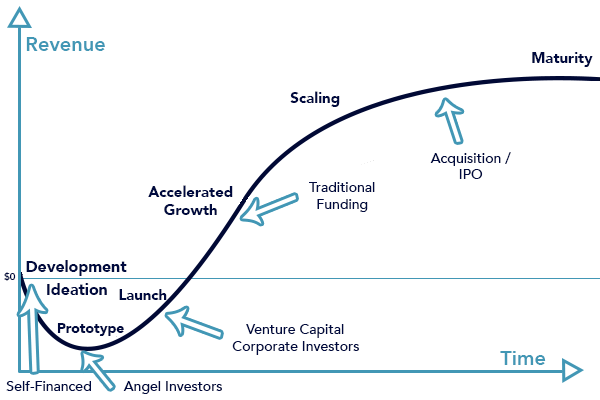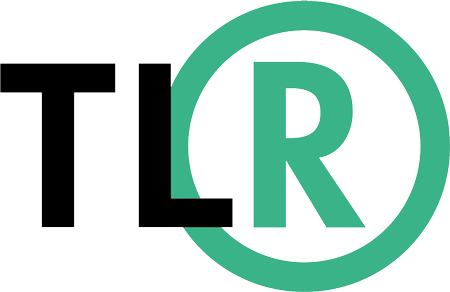Over the last 20 years, we have seen innovation accelerating like never before. Industries are benefiting in many ways from new technologies and release break through inventions almost on a yearly basis. However, one sector has yet to experience such innovation on a large scale: The legal sector! Why? Dealing with highly sensitive and strictly regulated informations makes it challenging for new technologies to enter the market as fast as we see it in other industries. Market entry is very difficult and only possible for those who clearly could demonstrate quality and benefit whilst not decreasing the lawyer’s importance. This has resulted in making the legal technology sector very new to outside investors, venture capitalists and angel investors. Law is a huge industry, which is providing legal entrepreneurs a tremendous opportunity to revolutionise certain areas completely. We just have to continue to work hard and qualitatively… I am confident it will be worth it!
What Investment does exist?
In this article, we will break down funding for legal technology start-ups in Europe with a clear focus on the vehicle provided by the EU called H2020. However, before we begin to dive into it, I would like to make sure everybody is on the same page, what types of funding exist and how to approach this exciting yet mysterious investment world.
Below you will find a graph showing the types of investors and their usual ticket size. The size of ticket is bound to your current revenue and most importantly your potential over the coming 5 years. When will you as a company peak?

Picture Source: http://accesstocapital.com/startup-funding/
Strategy
Normally, a start-up should focus on developing a minimal viable product (MVP) version of its product with the least capital investment, which at best is funded by the founders and possible use of their family and friends network. This way you as a company already can show your product in a small scale and potentially acquire your first prospects or even clients. The most important thing is revenue. Even if it is only a couple thousand Euros per month but it will show early stage investors there is a potential market. As the legal technology market does not have a long investment history, 99% of potential investors do not have sufficient market reference data and therefore are very reluctant to take any risk. This makes it almost impossible for many legal technology start-ups to enter the market fast enough. There is hope however!
In 2014 the EU put a program together where they allocated 8 billion € to support SMEs in the EU and member countries (like Switzerland) with capital to finalise their products and speed up market entry by giving a grant between 1M to 5M €. In this way the EU is filling the investment gap for the initial investments up to 2.5 M € we are experiencing in the legal technology industry today.
EU Horizon 2020 (H2020)
So, what exactly is the EU H2020 program and how do you as a company benefit? The EU framework supports innovations from all sectors across Europe without any specific focus. Which means, if you have a product or service that can make a huge difference now and in the future, they would definitely like to hear about it. The key difference between external investors and the EU framework is that the EU provides you with a grant (and unlike a loan, you do not have to pay back the money), which will primarily be used to support the development of your project with a focus on pushing your innovation forward.
Obviously, by having such a wide range of industries to cover, it is almost impossible for the EU to have specialists for everything, which is also why they have very broad categories like fintech, renewable energy and so on. Thus you will have to keep in mind, that you may send the proposal to somebody who understands technology, but is not from your field and will not have any background knowledge of industry specific references.
The EU H2020 programme terminates by the end of the year 2020, giving you four more opportunities in four-month cycles. To benefit from the programme, you have to submit a proposal in which you explain your business plan in detail, including the amount of capital you require during the 2-year project (between 1 M and 2.5 M €). Like every investment framework, the EU only provide 70% of the needed capital. The remaining 30% has to come from generated revenue or other sources. The more traction you as a company can prove trough email communication with clients and partners, signed documents or even revenues, the better your chances will be to be chosen to present your innovation in Brussels.
Final Words
This article does not intend to be a detailed description on how exactly to submit an EU H2020 proposal successfully but shall bring awareness into the legal marketspace, that funding options are available and how to take advantage of them. We wish you and your company much success. Next submission date for EU H2020 is January 2020.










